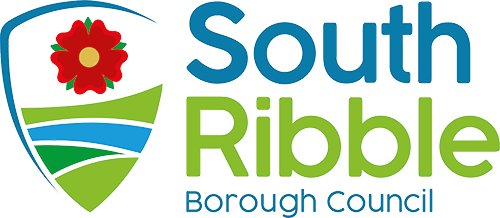Legal definitions
The following definitions are taken from Part 2A of the Environmental Protection Act 1990.
Part 2A of the Environmental Protection Act 1990, as inserted by Section 57 of the Environment Act 1995, came into force on 1 April 2000. It requires all local authorities within England and Wales to identify contaminated land in its area and secure its remediation to a condition suitable for its current use.
Legal definition
The legal definition of contaminated land is as follows:
Any land which appears to the local authority in whose area is it situated to be in such a condition, by reason of substances in, on or under the land, that:
(a) significant harm is being caused or there is significant possibility of such harm being caused; or
(b) significant pollution of controlled waters is being, or is likely to be caused.
With respect to controlled waters, the Water Act 2003 (Chapter 37, Section 86) has amended the second part of the definition so that it applies only where significant pollution of controlled waters is being caused, or there is significant possibility of such pollution being caused.
When is land classed as contaminated?
When dealing with land contamination, there are three essential elements which link together to result in a risk:
• A contaminant
• A receptor
• A pathway
These three elements can exist independently but may result in a risk when they link together. The link between a source, pathway and receptor is described as a "pollutant linkage"
All three elements of the pollutant linkage need to be present for there to be a risk of any magnitude. If one or more of these elements if not present, there cannot be a risk and the land should not be identified as contaminated land under the regime. There may be more than one pollutant linkage on any given piece of land.
A contaminant (or source, pollutant, or hazard) is a substance which is in, on or under the land and which has the potential to cause harm or to cause pollution of controlled waters.
A receptor (or target) is something that may be adversely affected by a contaminant (eg living organisms, ecological systems or property). Sensitive receptors are defined in Annex 3 of DEFRA Circular 01/2006.
A pathway is the route by which the contaminant reaches the receptor (eg breathing in contaminated dust such as asbestos).
Planning Definition
The planning system uses a slightly different definition of contaminated land, which is not based solely on the legal definition set out in Part 2A. A wider range of contamination and receptors is relevant to planning, but the degree of harm or pollution and the approach to remediation are essentially the same.
However, to avoid confusion with the statutory term, 'contaminated land', the planning regime uses the wider term "land affected by contamination". This is intended to cover all cases where:
"the actual or suspected presence of substances in, on or under the land may cause risks to people, human activities or the environment, regardless of whether or not the land meets the statutory definition of Part 2A."
The principle difference is that under the planning system, risks have to be assessed based on the new or intended use of the land, rather than the existing use. However, the principles underlying both regimes are fundamentally the same, namely, the identification and remediation of land may pose a risk to human health and/or the environment.
Typical causes of land contamination include previous industrial or commercial usage, mining and the land-filling of wastes. Land can also become contaminated due to its proximity to contaminated areas. Former agricultural land may also have the potential to contain contamination. Soil that has been used for commercial food production, either by the growing of crops of the raising of livestock may have been affected by inorganic or organic contamination, particularly via the spreading of animal manures and the application of fertilisers and agrochemicals to land over a number of years.
Further guidance is provided in the National Planning Policy Framework.
Types of Contamination
Contaminating substances may include:
- Metals, e.g. arsenic, cadmium, chromium, iron, lead, nickel
- Inorganic compounds e.g. cyanide, ammonium, chlorides
- Organic substances e.g. oil, petrol, solvents, phenols, Polyaromatic Hydrocarbons (PAHs), Polychlorinated biphenyls (PCBs)
- Gases e.g. methane, carbon dioxide, hydrogen sulphide, volatiles
- High or low pH
Contamination may not occur solely as a result of human activities and land can be contaminated as a result of its natural state. For example, marsh gas can cause a contamination problem, particularly in areas previously occupied by moss land.




